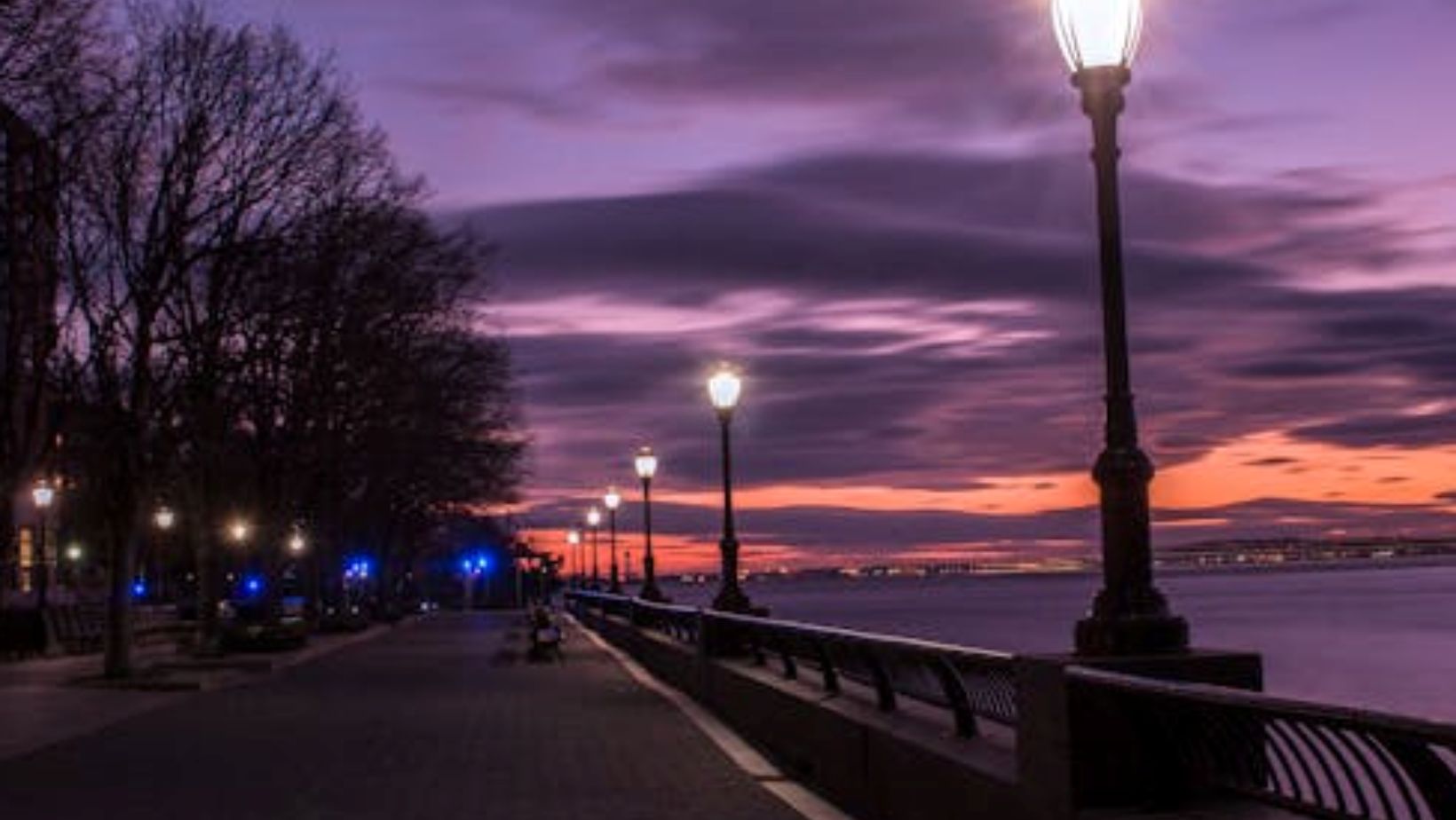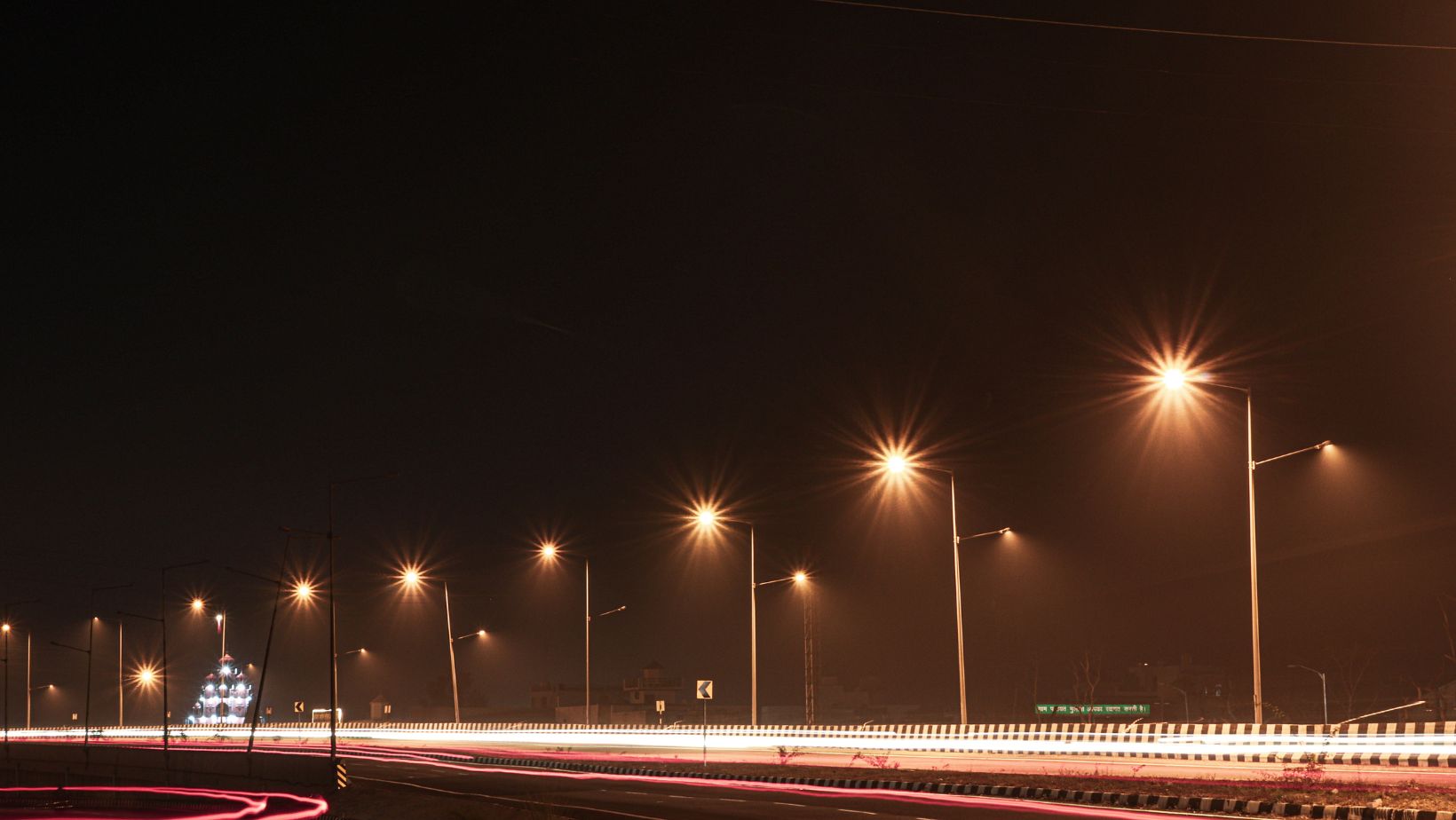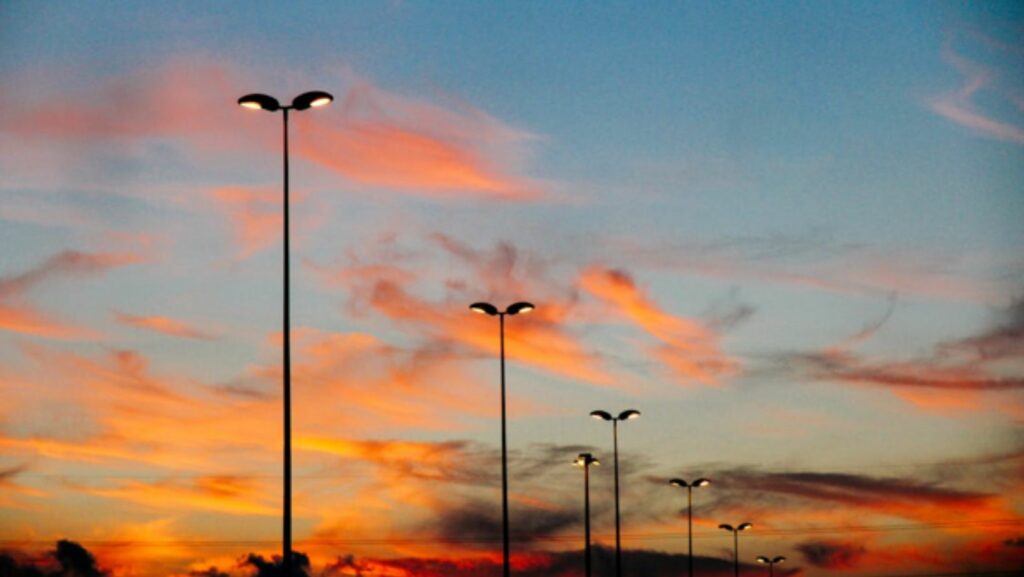LED Street Lights
LED street lights are extremely safe, energy-saving, and efficient. Because LED lights cover a larger area than traditional lights, they are more energy efficient. To ensure that visibility is available from all directions, you should install LED lights on your street. This will improve the visibility of surrounding objects for cars passing through your local area.
LED lights consume less than half the energy of traditional lights while producing roughly the same amount of light. LED lighting typically doesn’t fail; instead, it only reduces output until you adjust it. They are, therefore, your best option for street lights.
Your area might benefit from some lights, and you might have some say in that choice. To save energy, you may recommend LED for your street lighting if they need it. You may contribute to the neighborhood’s energy efficiency.
This article will help you learn more about LED lighting and why it is good for you. It will help to answer some questions that you might have about it. You can also do more research to find the information that you are seeking.
More About LED Lighting
- Types – There are two main types that you can choose from. One is the modular design that can be disassembled without destroying the body of the lamp: https://www.bloomberg.com/news/articles/2020-09-03/l-a-unveils-designs-for-streetlight-of-the-future. The module power can range from 30 watts to 60 watts. If you want 200 watts, you can attach four or five modules together.
- A full die-cast street light is one that has all parts of the lamp housing in one piece. A radiator is integrated into the lamp housing. It is connected to the lamp body and the optical lens with screws. The cost of using these can be higher than the modular ones because you need to remove the whole thing to get to the lens.
- Main Application – These are the main ways to illuminate urban streets, country roads, parking lots, and shopping malls. They can be used in areas that are not usually lit up by street lights. They are a better option for these areas because they provide more space.

LED lights can provide a brighter light, making these areas easier to see. They can make these areas safer for drivers and pedestrians. They also make these areas more pleasant to be in.
- Difference Between LED and HPS – HPS lighting, which is typically used, has shorter lifespans than LED. They generally last around six thousand hours, compared to over one hundred thousand hours for LED. The cost of maintenance on HPS is generally more expensive than that of LEDs as well.
LEDs are activated instantly, while it takes more than ten minutes to activate HPS. HPS uses a lot of energy to get to full power. LED can be activated from 90 volts to 305 volts, but HPS can’t be activated under 185 volts.
The CRI of HPS illumination can only reach up to 30, but LEDs are generally above 70. This means that drivers can fully see obstacles on the road and on the side of the road with LEDs. This will help to reduce the number of traffic accidents in these areas.
The color temperature of HPS lamps can be up to 2500, and the color temperature of light-emitting diode lamps can be up to 7000. If the color temperature is lower, it gives people a warm feeling in the winter and a hot feeling in the summer. If it is higher, it gives a cold feeling in winter and a cool feeling in summer. This makes being out in the summer evenings cooler for people.
- Common Problems with Light-Emitting Diode Lamps – There are a few problems with these kinds of lamps. One is the surge protector device, or SPD, which is rated at 10KV and can help with many smaller surges. Unfortunately, each time that it protects against surges, its life will be shortened until it completely fails.
The light-emitting diode lamps use a driver that is the heart of the lamp and one of the most important components in the lamp. When it fails, the lamp will begin to flicker, or it will go out completely. You need to make sure that you get quality drivers when you buy your lamps.
- Power – For renovation projects, most clients will ask the manufacturers to recommend light-emitting diode lamps. According to research, the recommended street lamps are the 80–100W light-emitting diode lamps over the 250W traditional lamps. The best way to decide how and where to use these is through the Dialux application. You can find information when you click here.
- Parameters that are Overlooked – There are many things that you need to look at when you want to add street lamps. You need to look at the road and how it reflects light. You also need to look at the uniformity of the road and how that affects the light. Another thing to look at is the height of the poles these lamps are on.

- How do you Install Them -There are different installation procedures depending on the application of these. Most are installed on poles, but many are installed on walls. There are usually different dimensions for the poles that they are installed on, again depending on the application.
- What is the Price – There are many things that factor into the price of these lamps. One thing is the material that is used, and performance is another factor that affects the price. Finally, shipping costs will also affect it. These are all things that you need to consider when choosing them.
Conclusion
LED street lights are the better option for street lighting. Compared with traditional ones, it offers numerous benefits, including energy efficiency, low maintenance, and they last longer. Because they are brighter than traditional ones, they increase safety on roadways and in other areas. For a lot of towns and cities, these are most likely your best options.


More Stories
5 Tips for Choosing a Barndominium Floor Plan for Your Dream Home
5 Common Edgebanding Mistakes (and How to Avoid Them)
Growing a Travel Brand on Social Media With Short-Form Video